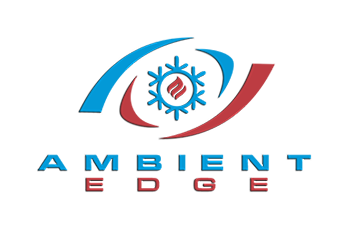
Older Kingman, Arizona, homes have a unique set of considerations and concerns when it comes to heating and cooling. If you’re familiar with the history of the home, it’s important to inspect everything thoroughly to make sure you know what you’re dealing with. Addressing common HVAC issues with older homes can dramatically improve your comfort and energy efficiency.
Poor Installation
Was your home originally constructed with an HVAC system in place, or was the ductwork installed later? If you have an older home that didn’t include a furnace or AC system with its construction, you should have the entire installation inspected to make sure the ductwork was installed correctly. In any home, it’s smart to have the system sized to make sure it’s neither too large nor too small for the size of the dwelling.
Outdated Systems
Older HVAC systems are nowhere near as efficient as today’s modern Energy Star certified models. Upgrading to a newer system can help you improve your indoor air quality, lower your operating costs, and keep the home more comfortable. Options like a programmable thermostat or zoned HVAC system will give you enhanced control in your home.
Bad Air Quality
The air quality in older homes is often problematic. You may find that drafty doors and windows let pollen and other pollutants in. An older or improperly sized HVAC system can contribute to high levels of humidity that may encourage the growth of mold and mildew. While it’s easy to keep on top of this type of growth in a new home, an older house may have extensive mold problems in the basement or other damp areas that you’re not aware of. Take action immediately to properly seal the house, and perform a thorough inspection for any problem areas.
If you’re moving into an older home, schedule a prompt visit for a thorough inspection as well as regular HVAC maintenance to make sure everything is in top condition. Contact Ambient Edge at 928-263-8698 to make an appointment.
Image provided by Shutterstock



